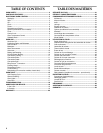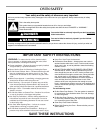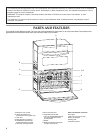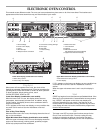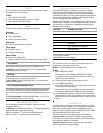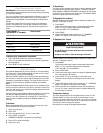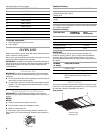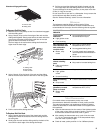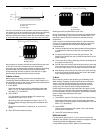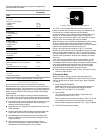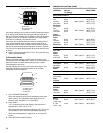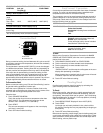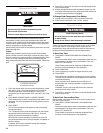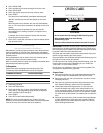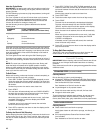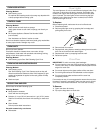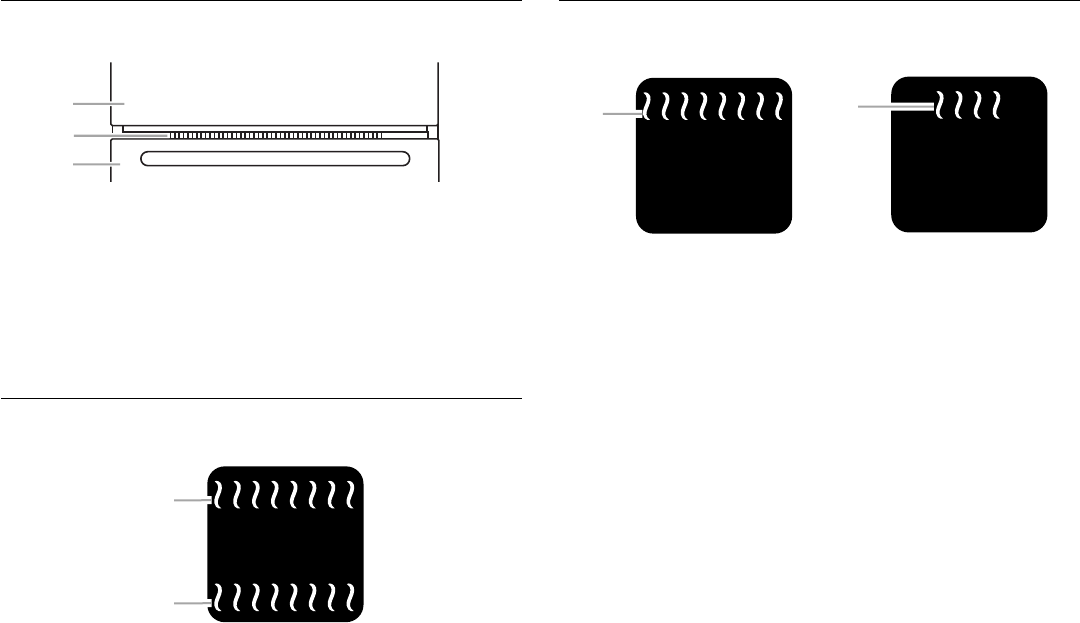
10
Oven Vent
The oven vent should not be blocked or covered since it allows
the release of hot air and moisture from the lower oven. Blocking
or covering lower oven vent will cause poor air circulation,
affecting cooking and cleaning results. Do not set plastics, paper
or other items that could melt or burn near the lower oven vent.
Baking and Roasting
During baking or roasting, the bake and broil elements will cycle
on and off in intervals to maintain the oven temperature.
If the oven door is opened during baking or roasting, the heating
elements (bake and both broils) will turn off approximately
30 seconds after the door is opened. They will turn on again
approximately 30 seconds after the door is closed.
To Bake or Roast:
Before baking or roasting, position racks according to the
“Positioning Racks and Bakeware” section. When roasting, it is
not necessary to wait for the oven to preheat before putting food
in, unless recommended in the recipe.
1. Touch BAKE.
Touch the number keys to enter a temperature other than
350°F (177°C). The bake range can be set between 170°F
and 500°F (77°C and 260°C).
2. Touch START.
“Lo” will appear on the oven display if the actual oven
temperature is under 170°F (77°C).
When the actual oven temperature reaches 170°F (77°C),
the oven display will begin displaying the temperature as it
increases.
When the set temperature is reached, if on, one tone will
sound.
3. Touch OFF when finished cooking.
Full and Center Broiling
Broiling uses direct radiant heat to cook food.
During full broiling, both the inner and outer broil elements heat.
During center broiling, only the inner broil element heats. The
element(s) cycle on and off in intervals to maintain the oven
temperature.
If the oven door is opened during broiling, the broil element(s)
will turn off in approximately 30 seconds. When the oven door
is closed, the elements will come back on approximately
30 seconds later.
■ Use only the broiler pan and grid provided with the appliance.
It is designed to drain juices and help avoid spatter and
smoke.
■ For proper draining, do not cover the grid with foil. The
bottom of the broiler pan may be lined with aluminum foil for
easier cleaning.
■ Trim excess fat to reduce spattering. Slit the remaining fat on
the edges to avoid curling.
■ Pull out oven rack to stop position before turning or removing
food. Use tongs to turn food to avoid the loss of juices. Very
thin cuts of fish, poultry or meat may not need to be turned.
■ After broiling, remove the pan from the oven when removing
the food. Drippings will bake on the pan if left in the heated
oven, making cleaning more difficult.
To Broil:
Before broiling, position rack according to the Broiling Chart.
When broiling, changing the temperature allows more precise
control. The lower the temperature, the slower the cooking.
Thicker cuts and unevenly shaped pieces of meat, fish and
poultry may cook better at lower broiling temperatures.
Position food on the grid on the broiler pan, then place it in the
center of the oven rack with the longest side parallel to the door.
It is not necessary to wait for the oven to preheat before putting
food in, unless recommended in the recipe.
Close the door.
1. Touch BROIL once for Full broiling, twice for Center broiling.
Touch the number keys to enter a temperature other than
500°F (260°C). The broil range can be set between 170°F and
500°F (77°C and 260°C).
2. Touch START.
The set oven temperature will appear on the oven display
until the oven is turned off.
3. Touch OFF when finished cooking.
BROILING CHART
For best results, place food 3" (7 cm) or more from the broil
elements, rack position 4 is recommended. For diagram, see the
“Positioning Racks and Bakeware” section.
A temperature setting of 500°F (260°C) is recommended.
A.Upper microwave oven
B.Oven vent
C.Lower oven
A.Broil elements
B.Bake element
B
A
C
A
B
A.Full broil
B.Center broil
A
B



